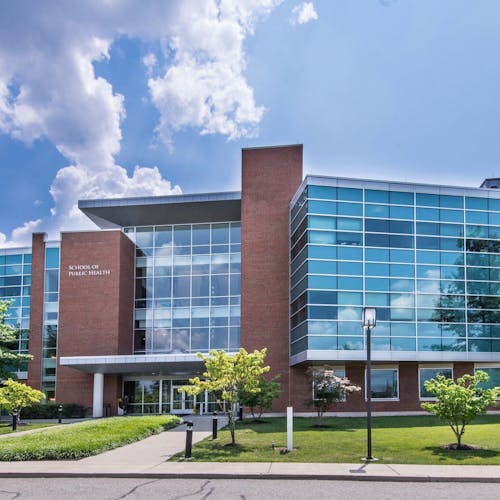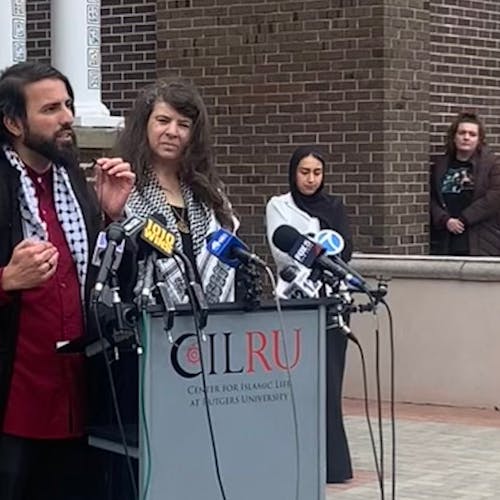Study finds mixed-race individuals are fastest-growing demographic group, most discriminated against

The fastest growing racial group in the United States is mixed-race individuals, but they are also the ones experiencing increasing amounts of prejudice from white people, according to a study conducted by Jonathan Freeman, an assistant professor at New York University.
White individuals with lower interracial exposure tend to exhibit greater prejudice against mixed-race persons, according to the study run through NYU's Department of Psychology.
“(These individuals) visually process racially ambiguous faces in a more difficult and unpredictable fashion, and this unstable experience translates into negative biases against mixed-race people,” Freeman said in a press release.
The study is interested in exploring attitudes towards mixed-race individuals as a function of racial exposure, said Diana Sanchez, a co-author on the study and an associate professor in the Department of Psychology.
“People come from all different communities with varying levels of racial diversity," she said. "We were interested in examining how interracial contact may affect (often understudied) multiracial populations through perceptual processes."
The study considered two national samples totaling approximately 350 subjects, according to a press release. The study determined subjects’ interracial exposure by matching U.S. Census data with zip codes.
In order to gauge subjects’ responses, an innovative mouse-tracking technique was used to record the individual’s hand movements and reveal unconscious cognitive processes.
The simulations suggested that in less-exposed individuals, visual processing of a mixed-race face tries to bring together two categories in the brain — white and black — that one’s conceptual knowledge is trying to rapidly pull apart due to these individuals’ stereotypes that Whites and Blacks are very dissimilar,” Freeman said in the press release.
This problem creates unstable processing that can prompt a negative bias against mixed-race individuals, he said.
In respect to the racially-diverse Rutgers and New Brunswick community, Sanchez said it could mean that Rutgers is particularly welcoming for multiracial students.
“Because Rutgers draws students from all over the country, it is also possible that exposure prior to entering college may play a role in mixed-race bias,” Sanchez said.
Laura Chapas, a School of Arts and Sciences senior, said she would assume people in the Rutgers—New Brunswick area would be less biased due to the diverse population.
“What that study indicated is a shame but I'm not surprised that it's true," she said.
People are so quick to judge what they don't understand, she said, and race cannot be confined to just black or white.
"I think those with lower interracial exposure may have a hard time accepting that,” Chapas said.
Dana Campbell, a School of Arts and Sciences senior, said she was not surprised with the findings of the study.
“I agree (with the conclusion). I think that when people who aren’t exposed to other races only see those races as the media portrays them,” Campbell said. “Without any personal experience people have to rely on movies, books, the new, etc. to try to understand race.”
People can confront their own biases by understanding the sources of bias, she said.
“Moreover, coming to Rutgers from a non-diverse place may be an important first step in reducing racial biases in general so long as you continue to seek out exposure to different groups and cultures,” she said.
Prejudice beliefs can change through many routes from exposure to different racial groups, Sanchez said, from practice inhibiting prejudice responses and by believing that prejudice is malleable and can change.
“So there is a positive message here that prejudice whether against mixed-race individuals or Black individuals can change even when those beliefs are implicit,” she said.
The study is important because it is one of the first studies to explore mixed-race bias as a function of visual processing and neighborhood racial exposure, Sanchez said.
“Disentangling why and when people experience bias towards mixed-race individuals — who represent one of the fastest growing racial groups — is timely and necessary,” she said.
Samantha Karas is a School of Arts and Sciences senior majoring in journalism and media studies and English. She is a correspondent for The Daily Targum. Follow her on Twitter @samanthakaras for more.



